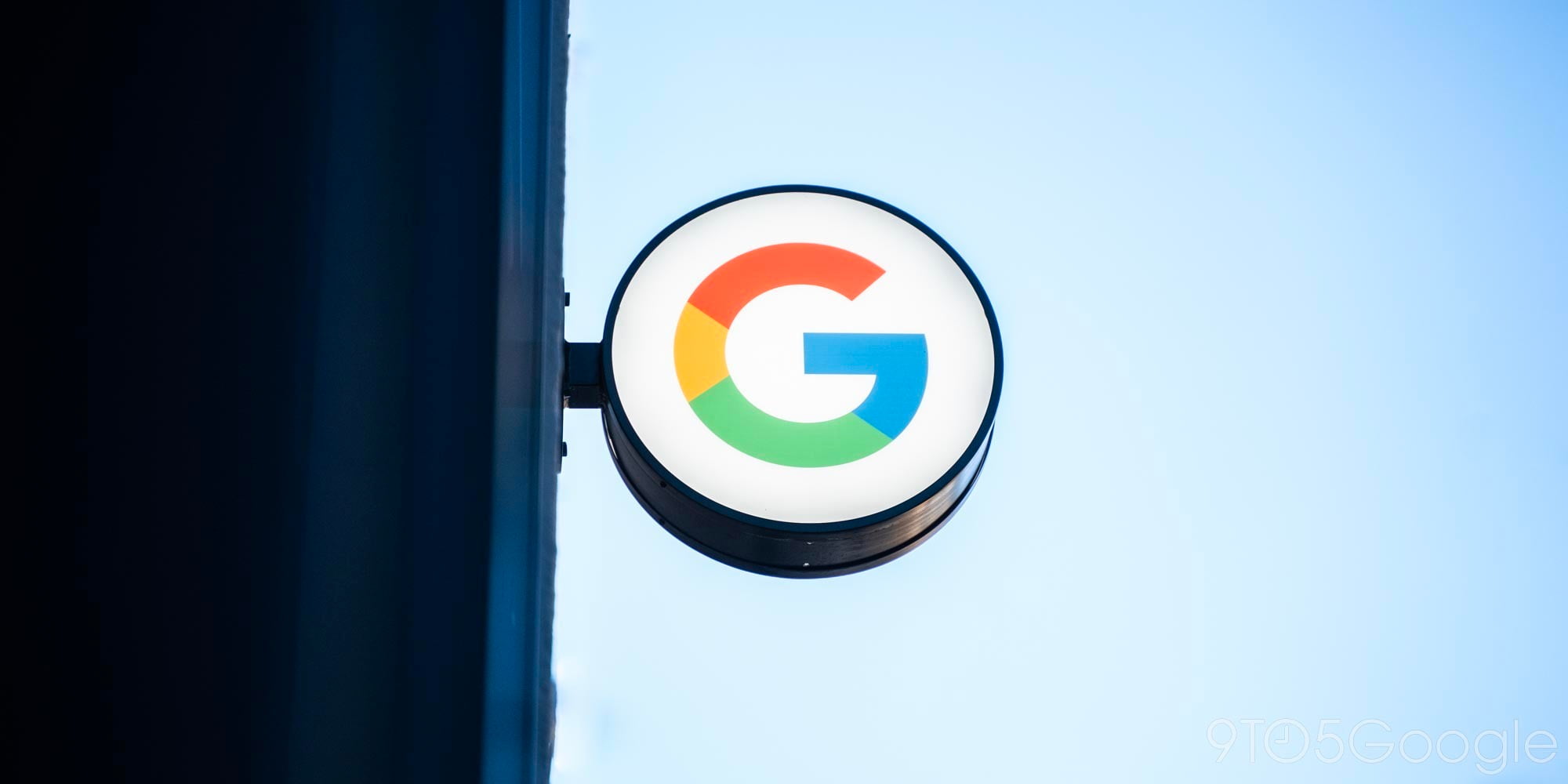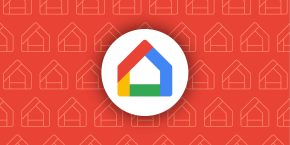
The latest version of the Google Home app is rolling out this evening with several new features in development. Google Home 2.9.65 reveals that Nest device setup might soon be available through the app, while there is an explicit reference to “FaceMatch.”
About APK Insight: In this ‘APK Insight’ post, we’ve decompiled the latest version of an application that Google uploaded to the Play Store. When we decompile these files (called APKs, in the case of Android apps), we’re able to see various lines of code within that hint at possible future features. Keep in mind that Google may or may not ever ship these features, and our interpretation of what they are may be imperfect. We’ll try to enable those that are closer to being finished, however, to show you how they’ll look in the case that they do ship. With that in mind, read on.
FaceMatch
Google app 9.10 in January revealed the existence of “Face Match,” originally codenamed Avocado. Strings in that app were similarly styled to the existing Voice Match authentication method for getting personal results on Home devices. Users can “set up,” “retrain,” and “remove” what is presumably a scan of their face.
A reference to “FaceMatch” has now emerged in Google Home 2.9.65, with users likely able to turn on the feature to get personal results by just looking at their Smart Display. This comes amid rumors that a 10-inch Nest Hub Max Smart Display with integrated Nest Cam is coming.
<string name=”personal_results_facematch_setting_title”>Personal results and FaceMatch</string>
Nest setup
Last year, Nest was brought into the Google Home hardware division to foster Assistant and AI development. The first fruits of that integration might be the upcoming ability to set up Nest smart home products right in the Google Home app.
For starters, there is a new “QR code scanning” setup option in the Google Home app to compliment the existing WiFi scanning. Many Nest products today, like the Nest Secure system, feature QR codes that need to be scanned into the Nest app during setup.
<string name=”qr_code_add_device_list_title”>”[PH] Choose the product you’re setting up”</string>
<string name=”select_add_device_method_title”>[PH] Choose how to add device</string>
<string name=”add_device_method_qr_row_text”>[PH] QR code scanning</string>
<string name=”add_device_method_wifi_row_text”>[PH] WiFi scanning</string>
Meanwhile, there is an explicit reference to setting up the Nest Cam in Google Home 2.9.65.
<string name=”n_weave_setup_title”>Set up Nest Cam</string>
Door and window fixtures
Over the past several weeks, Google Assistant added support for new categories of smart home devices, including blinds. It already supports smart locks, but a new reference to doors and windows in version 2.9.65 is likely a reference to the Nest Secure and other similar security systems that affix tiny sensors to monitor open/close state.
It appears that you can soon identify individual doors and windows in your house to tell the Google Home app where a sensor, like the Nest Detect, was placed.
<string name=”major_fixture_type_selector_body”>[PH] Choose the fixture you are setting up</string>
<string name=”major_fixture_type_door”>Door</string>
<string name=”fixture_name_door_selector_title”>[PH] Which door will this %1$s be on?</string>
<string name=”major_fixture_type_window”>Window</string>
<string name=”fixture_name_window_selector_title”>[PH] Which window will this %1$s be on?</string>
New device types
There are three new device types in this Google Home update. Before smart home devices are announced, they are referenced with codenames in the Home app. The first in the list is presumably the Lenovo Smart Clock, while the other two are unknown. They could just be placeholders for existing Nest devices or entirely new device classes.
<string name=”device_naming_pattern_sc”>%1$s clock</string>
<string name=”device_ybc_name”>YBC</string>
<string name=”device_ynm_name”>YNM</string>
Talk and Listen
Broadcast is a popular Google Home feature that lets you use Smart Displays and speakers as an intercom system. An upcoming feature might let users have longer audio and video calls that can be initiated from the Google Home app. Google Duo is presumably leveraged as the backend, with a new “Talk and Listen” name also appearing.
<string name=”accessibility_call_home_button”>Call devices in your home</string>
<string name=”home_tab_coin_call_home”>Call Home</string>
<string name=”call_home_assistant_query”>Video call my home</string>
<string name=”talkback_microphone_permission_description”>To use Talk and Listen, go to Settings in the Home app, tap Permissions, and turn on microphone access.</string>
<string name=”talkback_microphone_permission_title”>The Home app needs access to this microphone</string>
Photo frame rename
The Smart Display’s Ambient Mode has been renamed to Photo Frame in Google Home 2.9.65.
How to update?
Google Home 2.9.65 is rolling out now via the Play Store. We do not post APKs to download directly given the legal challenges associated with copyright and possibility of removal. Meanwhile, that model is perilous given Android App Bundles and Google Play’s Dynamic Delivery.
Thanks to JEB Decompiler, which some APK Insight teardowns benefit from.
FTC: We use income earning auto affiliate links. More.



Comments